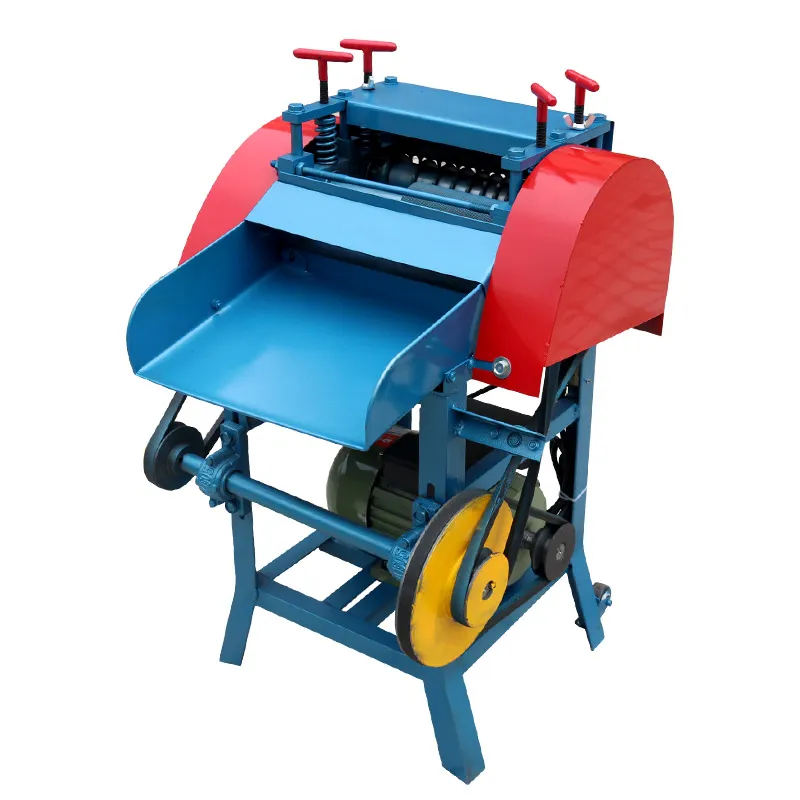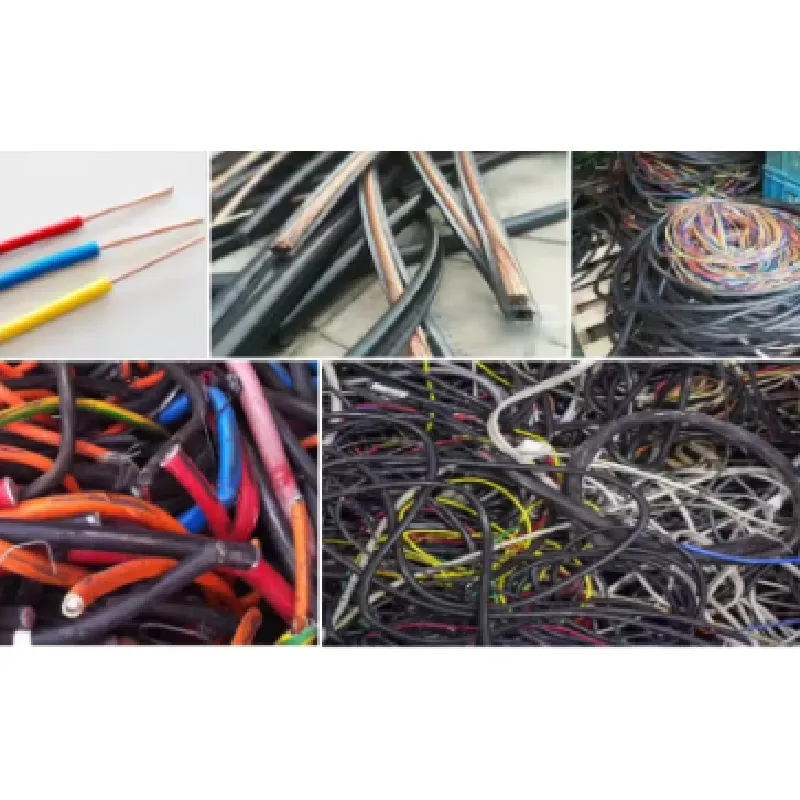
Oct . 10, 2025 12:35 Back to list
I spent a morning in Dafu Village, Qingyuan Town, Qingyuan District, Baoding—where a lot of practical machines quietly come to life—watching this copper wire stripper chew through mixed cable like it was nothing. It’s not glamorous, but it’s the sort of tool that makes a recycling line hum. To be honest, what surprised me first was the 15-hole architecture and how it auto-disperses stripped cores and jackets. Simple idea, tidy results.

Recyclers and harness shops are leaning into compact automation. Copper prices, labor tightness, and compliance audits all nudge the same way: higher throughput, fewer mistakes. In fact, many customers say they want something that handles copper-clad, aluminum-clad, even steel wires without constant retooling. This Wire Stripper Machine taps that trend with multi-hole flexibility and no-fuss adjustments.
| Model | Copper Wire Stripper, 15-hole (11 round + 2 double-roller for double-core flat + 2 press holes) |
| Stripping range | ≈ Ø1–60 mm outer diameter (thin signal to chunky utility lines) |
| Compatible conductors | Copper, copper-clad, aluminum-clad, steel wires |
| Drive | Manual feed with optional motorized assist |
| Throughput | Up to ≈ 25–60 m/min, depending on cable mix |
| Blade material / life | Heat-treated alloy steel; ≈ 300–600 hours before regrind (use-dependent) |
| Service life | ≈ 5–8 years with routine maintenance |
| Origin | Dafu Village, Qingyuan Town, Qingyuan District, Baoding City, Hebei Province |
| Compliance | Typically CE, RoHS; verify lot-specific certificates |
Feed your cable, pick the right hole, dial pressure, and go. The auto-dispersion chute separates metal from jacket—less hand-sorting, which is nice. For QA, shops often follow IPC/WHMA-A-620 visual criteria for nicks, conductor damage, and strip length tolerance. We ran mixed copper-clad aluminum and achieved >99% copper recovery in two passes, with typical nick rate under 1% and pull-test values in the 50–120 N band (cable-size dependent).

Industries using this Wire Stripper Machine: e‑waste and MRF lines, utility maintenance depots, demolition recyclers, and wire-harness prep benches that need a rugged, budget-friendly unit. Advantages? Fast changeover, stable feed, and fewer crushed conductors. However, very kinked scrap still benefits from a quick straightening pass—no miracle there.
| Vendor | Typical Price | Hole Count | Lead Time | Customization | Notes |
|---|---|---|---|---|---|
| OW Recycling (this unit) | Mid-range | 15 | ≈ 2–4 weeks | High (holes, motors, guards) | Strong on mixed-cable lines |
| Budget Import | Low | 8–12 | Stock/quick | Limited | OK for light use; watch blade hardness |
| EU Brand | High | 10–14 | ≈ 4–8 weeks | Medium | Excellent docs; pricier spares |
Options I’ve seen requested: custom hole sets for telecom scrap, 220/380V motors, removable guards, foot-pedal feed, and mobile casters. One Midwest recycler swapped three bench-top units for a single Wire Stripper Machine, bumped throughput ≈2.2×, and claims payback in about 3.5 months. A small e‑waste shop told me, “We finally stopped babysitting the flat cables—those double-rollers are legit.” I guess that’s the point: less fiddling, more copper.
Check for CE declaration aligned to the EU Machinery Directive, electrical safety to EN 60204-1, and RoHS materials compliance. For quality, many buyers reference ISO 9001 at the factory level and use IPC/WHMA-A-620 for strip quality checks. Keep a basic lot record: blade hours, strip-length tolerance, pull-test values, and incident logs. It sounds fussy—but it keeps audits short.
Latest news
Trusted Double Shaft Shredder Supplier | Durable Industrial & Recycling Solutions
NewsNov.24,2025
Double Shaft Shredder Price Explained: Global Trends, Benefits & Vendor Comparisons
NewsNov.24,2025
Expert Insights into Double Shaft Shredder Factory: Boosting Global Recycling Efficiency
NewsNov.23,2025
Leading Double Shaft Shredder Suppliers for Industrial Recycling and Waste Management
NewsNov.23,2025
Leading Double Shaft Shredder Manufacturers | Durable & Sustainable Industrial Shredders
NewsNov.23,2025
Understanding Double Shaft Shredder Machine Price: Buyers’ Guide & Global Insights
NewsNov.22,2025